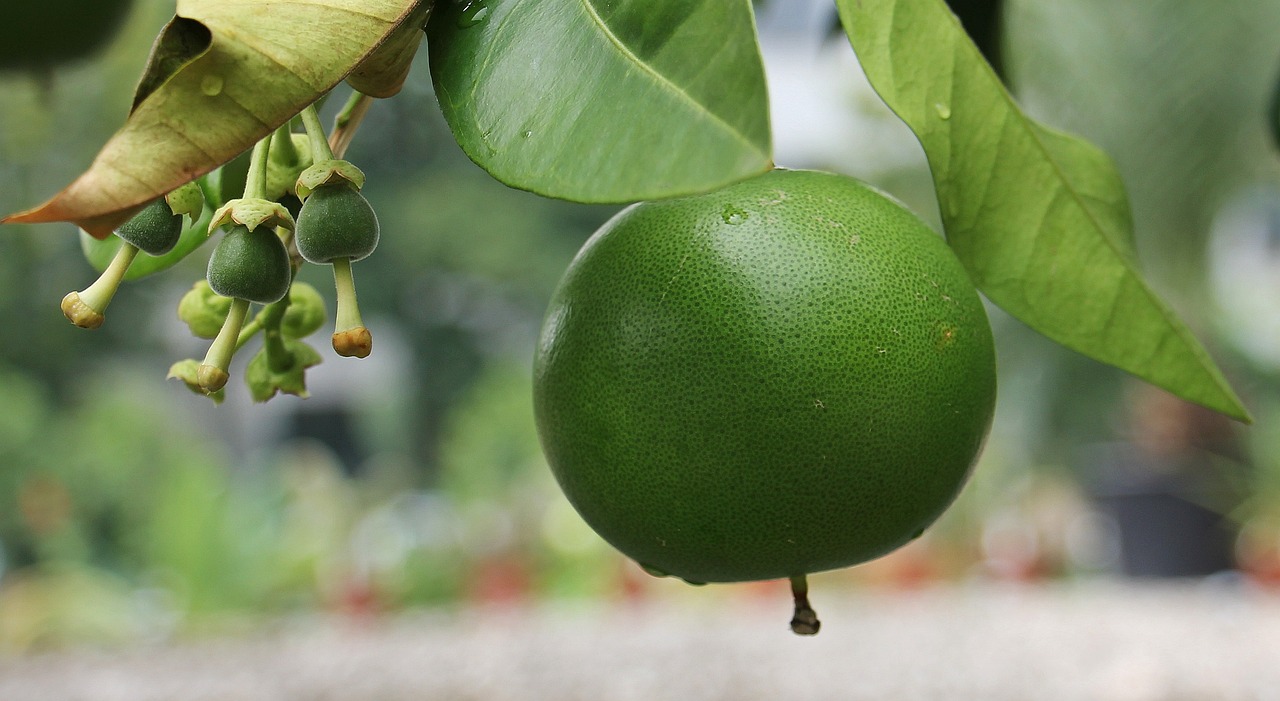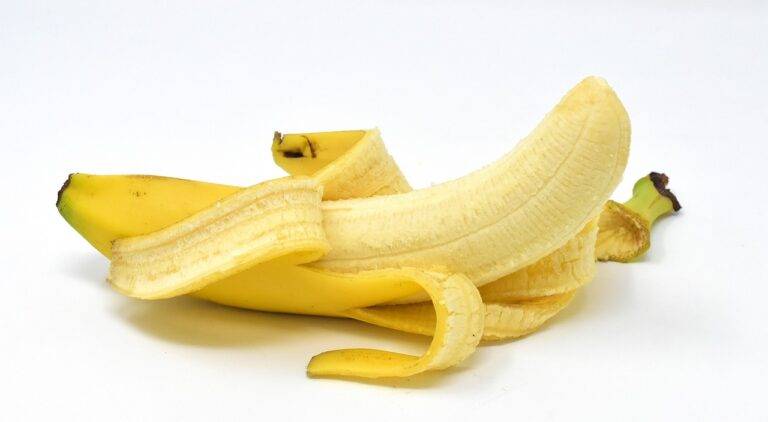The Impact of Food Processing on Nutritional Quality and Health
Whole foods refer to minimally processed foods that are consumed in their natural state or with minimal alterations. These nutrient-dense foods are rich in vitamins, minerals, fiber, and antioxidants, which are essential for supporting overall health and well-being. By prioritizing whole foods in our diet, we can fuel our bodies with the necessary nutrients to thrive and maintain optimal functioning.
Moreover, whole foods contribute to better digestion and gut health due to their high fiber content. Fiber helps regulate bowel movements, promotes feelings of fullness, and supports a healthy balance of gut bacteria. By incorporating a variety of whole foods such as fruits, vegetables, whole grains, nuts, and seeds into our diet, we can enhance our digestive health and overall nutrient absorption for improved vitality.
Different Types of Food Processing Methods
When it comes to food processing methods, there are various techniques used to prepare, preserve, and package food products. One common method is thermal processing, which involves the application of heat to extend shelf life and eliminate harmful bacteria. This technique includes processes like pasteurization, canning, and blanching.
Another important food processing method is dehydration, which involves removing moisture from food products to prevent spoilage and increase their longevity. Dehydrated foods are lightweight, convenient for storage, and retain their nutritional value. Methods like air drying, freeze-drying, and sun drying are commonly used to dehydrate a variety of fruits, vegetables, and meats.
What are the benefits of consuming whole foods?
Whole foods are minimally processed and retain more nutrients, fiber, and antioxidants compared to processed foods. They can support overall health and provide more sustained energy.
What are the different types of food processing methods?
Food processing methods include canning, freezing, drying, fermentation, pasteurization, and irradiation. Each method has its own benefits and drawbacks in terms of preserving food and maintaining its nutritional value.





